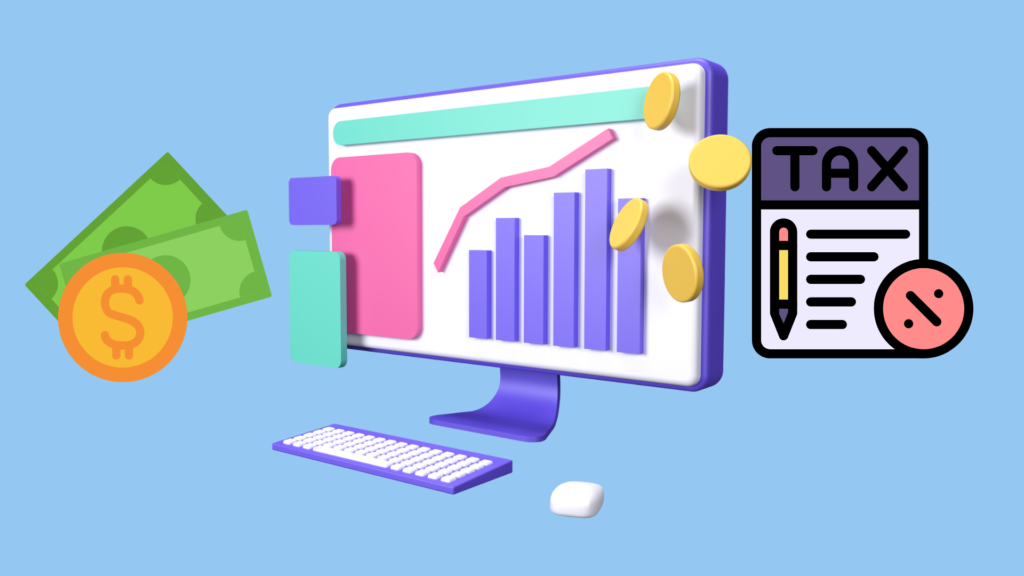A balance sheet is a financial statement that shows a company’s assets, liabilities, and equity (owner or shareholder) at a specific point in time.

What is a Balance Sheet?
A balance sheet is a fundamental financial statement that provides a snapshot of a company’s financial position at a specific point in time. It details what a company owns (assets), what it owes (liabilities), and the difference between the two, which represents the owner’s equity. The balance sheet is also known as the statement of financial position.
Components of a Balance Sheet
The balance sheet is divided into three main sections:
- Assets:
- Definition: Assets are resources owned by the company that are expected to provide future economic benefits.
- Categories:
- Current Assets: Assets that are expected to be converted into cash or used up within one year (e.g., cash, accounts receivable, inventory, prepaid expenses).
- Non-Current Assets: Assets that are expected to provide benefits beyond one year (e.g., property, plant and equipment, intangible assets like patents and trademarks, long-term investments).
- Cash: $20,000
- Accounts Receivable: $15,000
- Inventory: $30,000
- Property, Plant, and Equipment: $100,000
- Total Assets: $165,000
- Liabilities:
- Definition: Liabilities are obligations that the company owes to outside parties, which are expected to be settled through the use of assets or services.
- Categories:
- Current Liabilities: Obligations due within one year (e.g., accounts payable, short-term debt, accrued expenses).
- Non-Current Liabilities: Obligations due beyond one year (e.g., long-term debt, bonds payable, deferred tax liabilities).
- Accounts Payable: $10,000
- Short-Term Debt: $5,000
- Long-Term Debt: $50,000
- Total Liabilities: $65,000
- Owner’s Equity (Shareholders’ Equity):
- Definition: Owner’s equity represents the residual interest in the assets of the company after deducting liabilities. It reflects the net worth of the company from the perspective of the owners.
- Components:
- Common Stock: The value of the shares issued.
- Retained Earnings: Cumulative net income that has been retained in the company rather than paid out as dividends.
- Additional Paid-In Capital: Amounts paid by investors above the nominal value of the shares.
- Treasury Stock: The cost of shares repurchased by the company.
- Common Stock: $50,000
- Retained Earnings: $50,000
- Total Owner’s Equity: $100,000
Balance Sheet Formula
The balance sheet is based on the following fundamental equation:
Assets=Liabilities+Owner’s Equity\text{Assets} = \text{Liabilities} + \text{Owner’s Equity}Assets=Liabilities+Owner’s Equity
This equation must always balance because every financial transaction affects both sides of the equation.
Format of a Balance Sheet
- Classified Balance Sheet: Assets and liabilities are grouped into current and non-current categories, providing a clearer picture of the company’s liquidity and financial flexibility.
- Unclassified Balance Sheet: Assets and liabilities are listed without categorization, usually less detailed than the classified format.
Example of a Classified Balance Sheet:
XYZ Corp. Balance Sheet
As of December 31, 2023
Assets:
- Current Assets:
- Cash: $20,000
- Accounts Receivable: $15,000
- Inventory: $30,000
- Total Current Assets: $65,000
- Non-Current Assets:
- Property, Plant, and Equipment: $100,000
- Total Non-Current Assets: $100,000
- Total Assets: $165,000
Liabilities:
- Current Liabilities:
- Accounts Payable: $10,000
- Short-Term Debt: $5,000
- Total Current Liabilities: $15,000
- Non-Current Liabilities:
- Long-Term Debt: $50,000
- Total Non-Current Liabilities: $50,000
- Total Liabilities: $65,000
Owner’s Equity:
- Common Stock: $50,000
- Retained Earnings: $50,000
- Total Owner’s Equity: $100,000
Total Liabilities and Owner’s Equity: $165,000
Importance of the Balance Sheet
- Financial Health: Provides a snapshot of the company’s financial health and its ability to meet short-term and long-term obligations.
- Liquidity Analysis: Helps assess the company’s liquidity and operational efficiency by comparing current assets to current liabilities.
- Solvency and Stability: Shows the company’s long-term stability and solvency by comparing total liabilities to owner’s equity.
- Investment Decisions: Investors and creditors use the balance sheet to evaluate the company’s capital structure, leverage, and financial risk.
In summary, the balance sheet is a crucial tool for understanding a company’s financial position at a specific point in time, offering insights into its assets, liabilities, and equity. This information helps stakeholders make informed decisions about investing, lending, or managing the business.
Leave a Reply